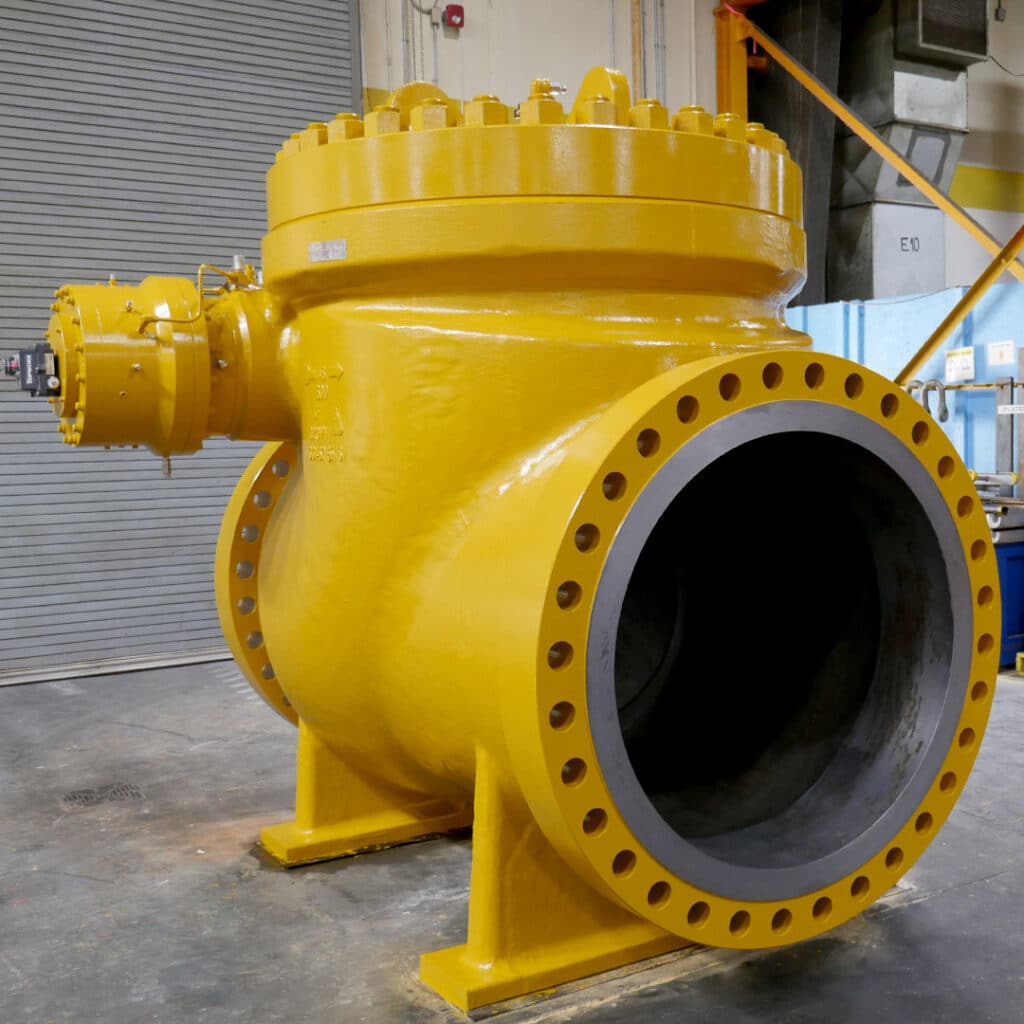
A check valve—also known as a non-return valve or one-way valve—is a flow control device that allows fluids such as oil, gas, or water to move in only one direction.
Its main function is to prevent backflow, ensuring that pressure and flow remain stable throughout the system.
In the oil and gas industry, check valves are critical for maintaining well integrity, protecting pumps and compressors, and ensuring environmental and personnel safety. From wellheads and pipelines to processing plants and storage systems, these valves play an essential role in keeping energy moving safely and efficiently.
Why Check Valves Matter in Energy Production
Preventing Backflow and Protecting Equipment
In upstream, midstream, and downstream systems, even a momentary reverse flow can damage sensitive equipment or contaminate product streams. Check valves automatically close when flow reverses, protecting compressors, pumps, and separators from sudden pressure surges.
Maintaining Pressure Integrity
By allowing flow in only one direction, check valves help maintain consistent line pressure, ensuring stable operation across the system. This is especially important in multi-phase production where pressure balance directly affects flow efficiency.
Enhancing Safety and Environmental Protection
A properly designed check valve contributes to overall facility safety. By preventing reverse flow during shutdowns or line ruptures, it reduces the risk of leaks, spills, or explosions—and helps operators comply with environmental regulations.
Increasing Operational Efficiency
Automatic operation means check valves require no external power or manual actuation. Their self-operating design minimizes downtime and maintenance, improving reliability in remote or unmanned installations such as well pads and pipelines.
How a Check Valve Works
A check valve consists of two ports—an inlet and an outlet. Fluid enters through the inlet, lifts or pushes the internal sealing element (disc, ball, piston, or diaphragm), and flows downstream. If pressure reverses, the valve automatically closes, preventing fluid from flowing backward.
In simple terms:
-
Forward flow → valve opens
-
Reverse flow → valve closes
This automatic, self-actuating behavior is what makes check valves indispensable in energy, oil, and gas systems that operate under variable pressures and flow rates.
Types of Check Valves Used in Oil & Gas Applications
Different production environments and flow conditions require specialized valve designs. Here are the most common types:
Swing Check Valve
A hinged disc “swings” open under forward flow and closes when flow reverses.
-
Ideal for horizontal pipelines and low-velocity flow.
-
Common in crude oil and water injection lines.
Lift Check Valve
A guided disc or piston lifts off the seat under pressure and drops back to seal against backflow.
-
Suitable for high-pressure systems and vertical piping.
-
Widely used in compressor discharge lines and pump outlets.
Axial Flow (Nozzle) Check Valve
A spring-loaded disc or piston moves along the pipeline axis. When forward flow slows or reverses, the spring rapidly closes the valve—preventing pressure surges.
-
Known as non-slam check valves.
-
Excellent for high-speed gas and liquid service in transmission pipelines or compressor stations.
-
The Crown-Europa non-slam nozzle check valve from Stream-Flo exemplifies this design—engineered for smooth operation and long service life.
Ball Check Valve
A spherical ball moves off the seat to allow forward flow and reseats under back pressure.
-
Simple and compact design.
-
Common in chemical injection systems, slurry handling, or small-bore lines.
Diaphragm Check Valve
A flexible diaphragm flexes open under pressure and seals closed when flow stops or reverses.
-
Suitable for low-pressure or corrosive fluids.
-
Common in chemical processing or environmental applications.
Applications of Check Valves in Oil & Gas
Pipelines
Check valves are strategically installed along crude oil, natural gas, and multiphase pipelines to stop reverse flow that could cause pressure surges or mechanical damage. They are also used at pump stations and compressor outlets to isolate sections safely during maintenance or shutdowns.
Wellheads
In wellhead assemblies, check valves prevent fluids from flowing backward into the formation. They help maintain pressure control, protect production equipment, and ensure safe operation during well testing, flowback, or injection.
Processing and Refining Facilities
Refineries and gas processing plants rely on check valves to maintain flow direction between stages such as separation, compression, treatment, and export. Their automatic operation ensures process stability even under sudden flow changes.
Storage and Loading Systems
Check valves installed in storage tanks, loading manifolds, and terminal lines prevent product contamination and maintain safe filling and transfer operations.
Components of a Check Valve
While specific designs vary, most check valves share the same essential components:
| Component | Function |
|---|---|
| Body | The main housing that contains internal components and defines the flow path. Typically forged or cast from carbon steel, stainless steel, or alloy steel. |
| Seat | The sealing surface where the closure element rests to stop backflow. Machined for precision to ensure leak-tight sealing. |
| Disc, Ball, or Piston | The moving element that opens with forward flow and closes when flow reverses. The design determines flow efficiency and closing speed. |
| Hinge, Guide, or Spring | Mechanisms that position and assist the moving element. Springs are common in axial flow designs for fast closure. |
| Cover or Bonnet | Provides access for inspection and maintenance. Bolted or threaded to the body. |
| Gaskets and Seals | Prevent leakage between body and cover. Must be compatible with service fluids and temperatures. |
| End Connections | Allow integration into piping systems via flanged (API 6B), threaded, or welded ends. |
Proper material and seal selection ensure long-term reliability under the demanding pressures and temperatures typical in oilfield operations.
Design Standards and Certifications
Stream-Flo check valves are designed and manufactured to meet or exceed global standards, ensuring performance and reliability across energy applications.
-
API 6A – Specification for wellhead and Christmas tree equipment.
-
API 6B – Specification for flanged pressure-containing equipment (critical for check valves in high-pressure systems).
-
API 598 – Valve inspection and testing standard.
-
API Q1 – Quality management for oil and gas equipment manufacturing.
-
ISO 9001 / ISO 10423 – International quality and performance standards for flow control products.
-
NACE MR0175 / ISO 15156 – Material requirements for sour service and corrosion resistance.
These certifications ensure every check valve maintains structural integrity, pressure containment, and consistent performance in both standard and sour service conditions.
Materials and Engineering for Harsh Environments
The environments in which check valves operate—especially in upstream oil and gas—can involve high pressure, temperature, vibration, and corrosive fluids. To withstand these, Stream-Flo engineers each valve for:
-
High-strength forged materials such as carbon steel, stainless steel, or nickel alloys.
-
Corrosion-resistant overlays for sour gas or CO₂ service.
-
Precision-machined sealing surfaces for zero-leak performance.
-
Compact, non-slam designs to minimize water hammer and pressure shock.
-
Field-serviceable internals for fast maintenance and reduced downtime.
Benefits of Using Check Valves in Energy Systems
-
Automatic Flow Control – No external power or manual actuation required.
-
Equipment Protection – Prevents damage to pumps, compressors, and instrumentation.
-
System Integrity – Maintains pressure balance and prevents contamination.
-
Operational Safety – Reduces risk of blowouts, leaks, and pressure surges.
-
Environmental Stewardship – Helps prevent spills or emissions caused by backflow.
-
Long Service Life – Rugged construction for continuous operation under harsh conditions.
Crown-Europa Check Valves: Built for Reliability
At Stream-Flo, our Crown and Crown-Europa check valves are trusted across the global energy industry for precision engineering and proven reliability.
-
Crown™-Europa Nozzle (Non-Slam) Check Valves provide smooth, spring-assisted closure to eliminate water hammer in gas or liquid lines.
-
Crown™ Swing and Lift Check Valves deliver dependable one-way protection in production, injection, and transfer systems.
Every unit is designed, tested, and manufactured in our Edmonton, AB facility under the same rigorous quality standards that define the Stream-Flo Group.
Summary: Essential Flow Protection for Modern Energy Systems
From wellhead to export terminal, check valves ensure that fluids move safely in the right direction—protecting people, equipment, and the environment.
In an industry where uptime, safety, and reliability define success, check valves may be simple in operation—but they are indispensable in purpose.
